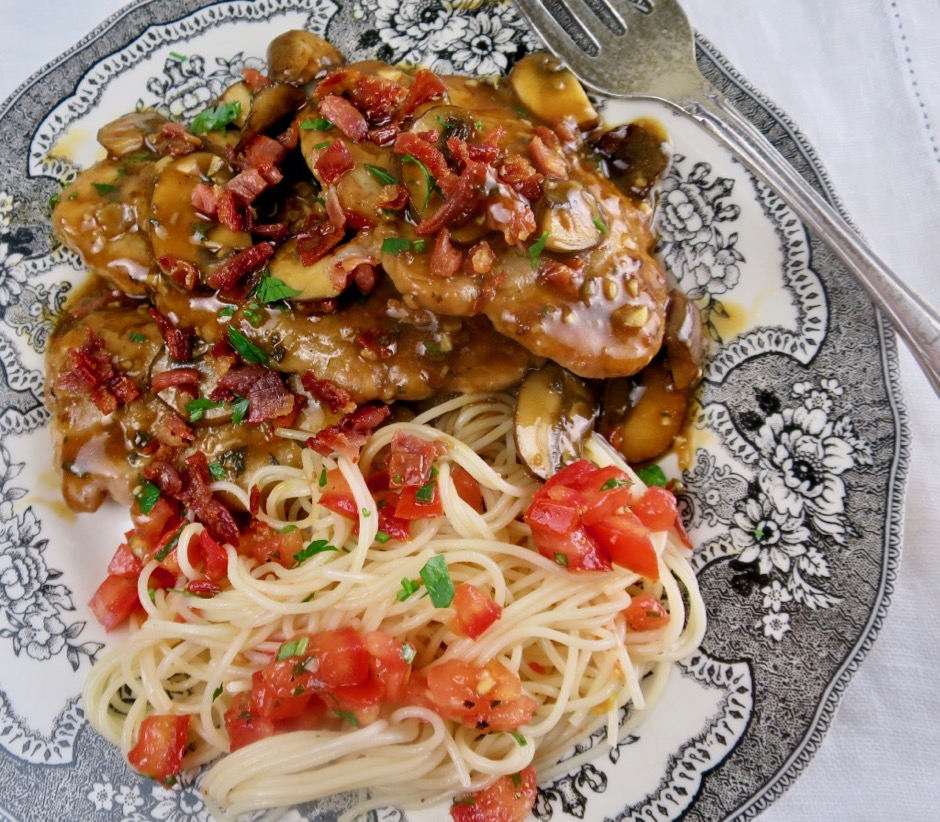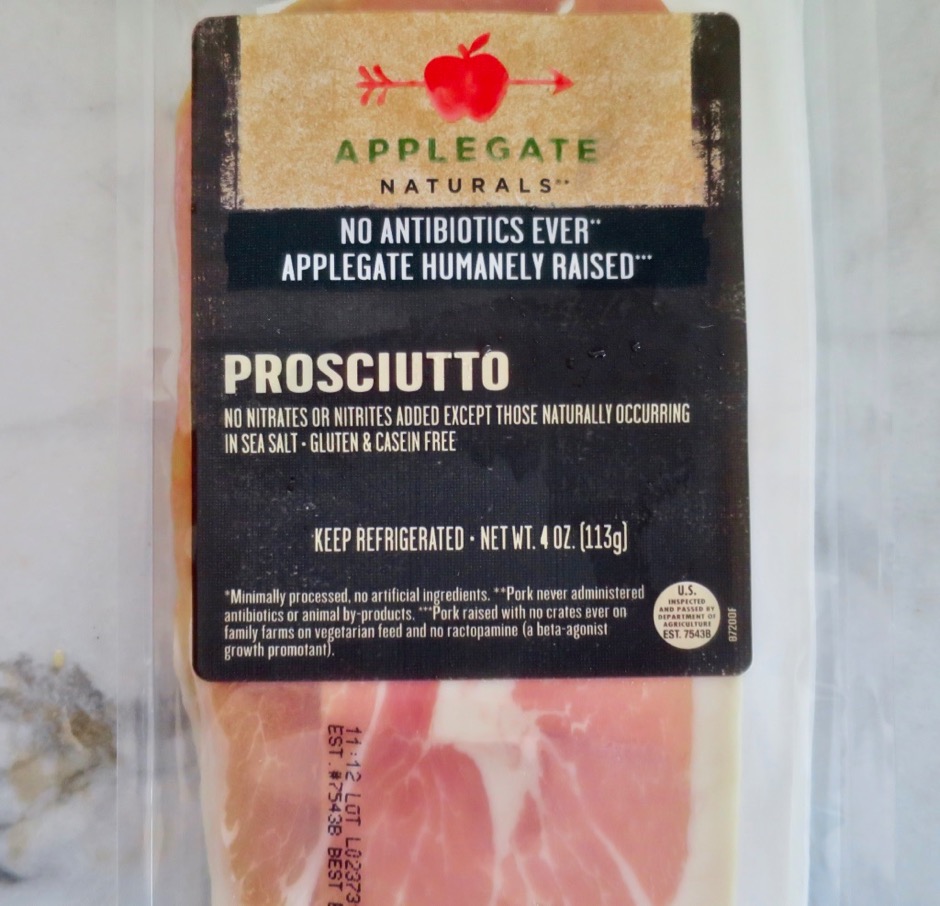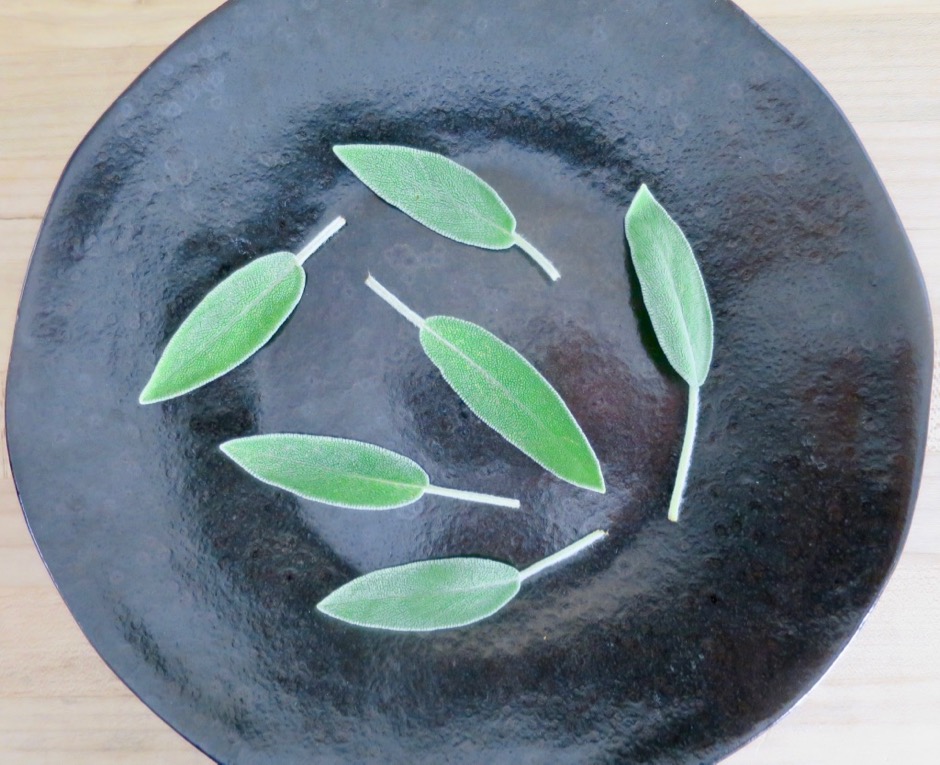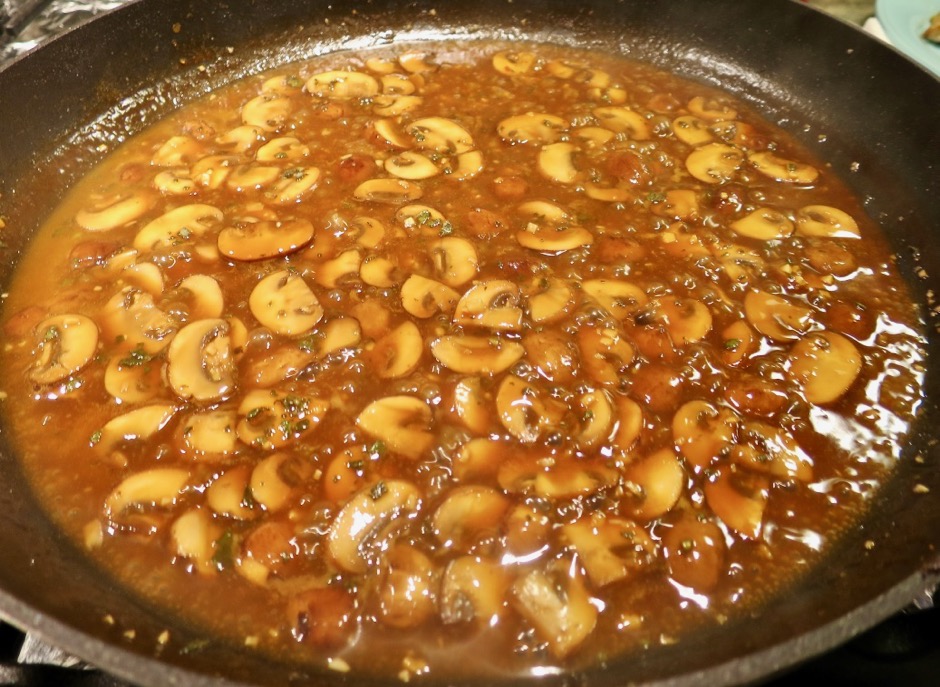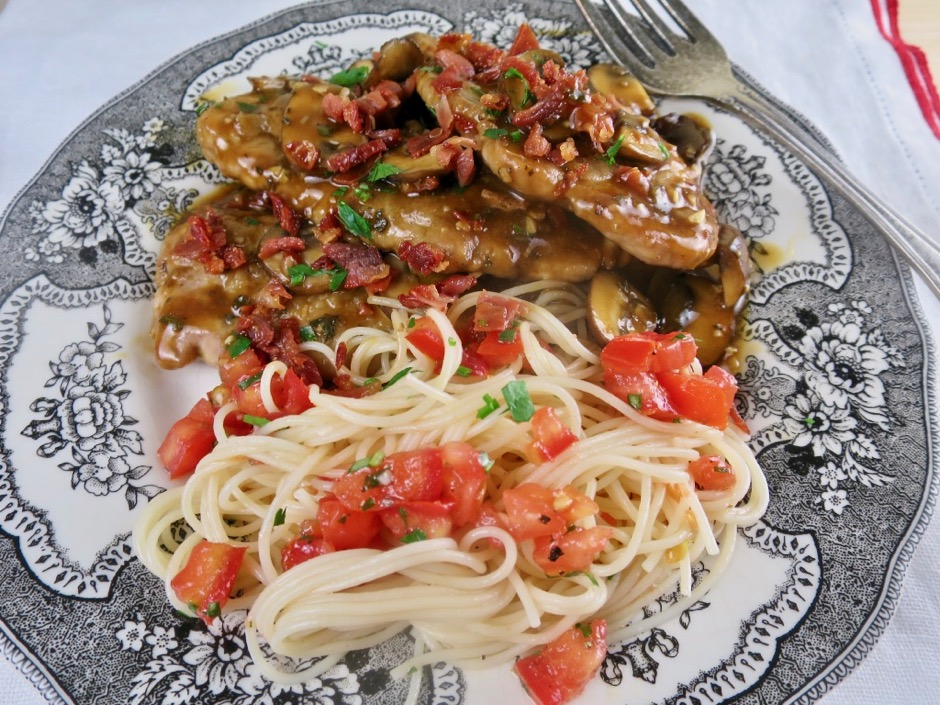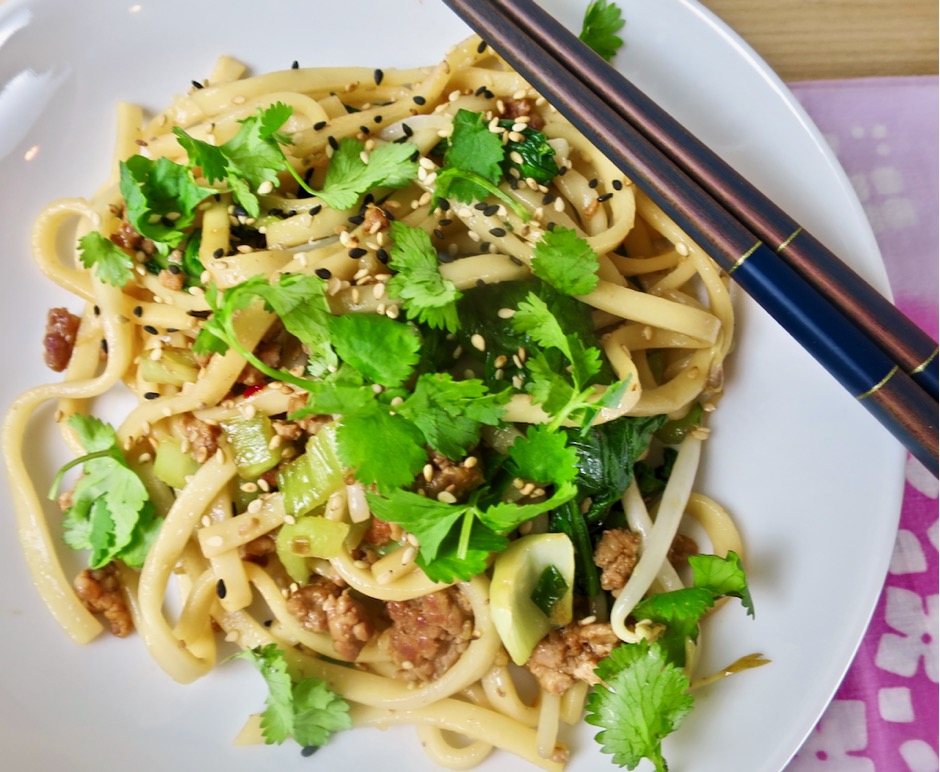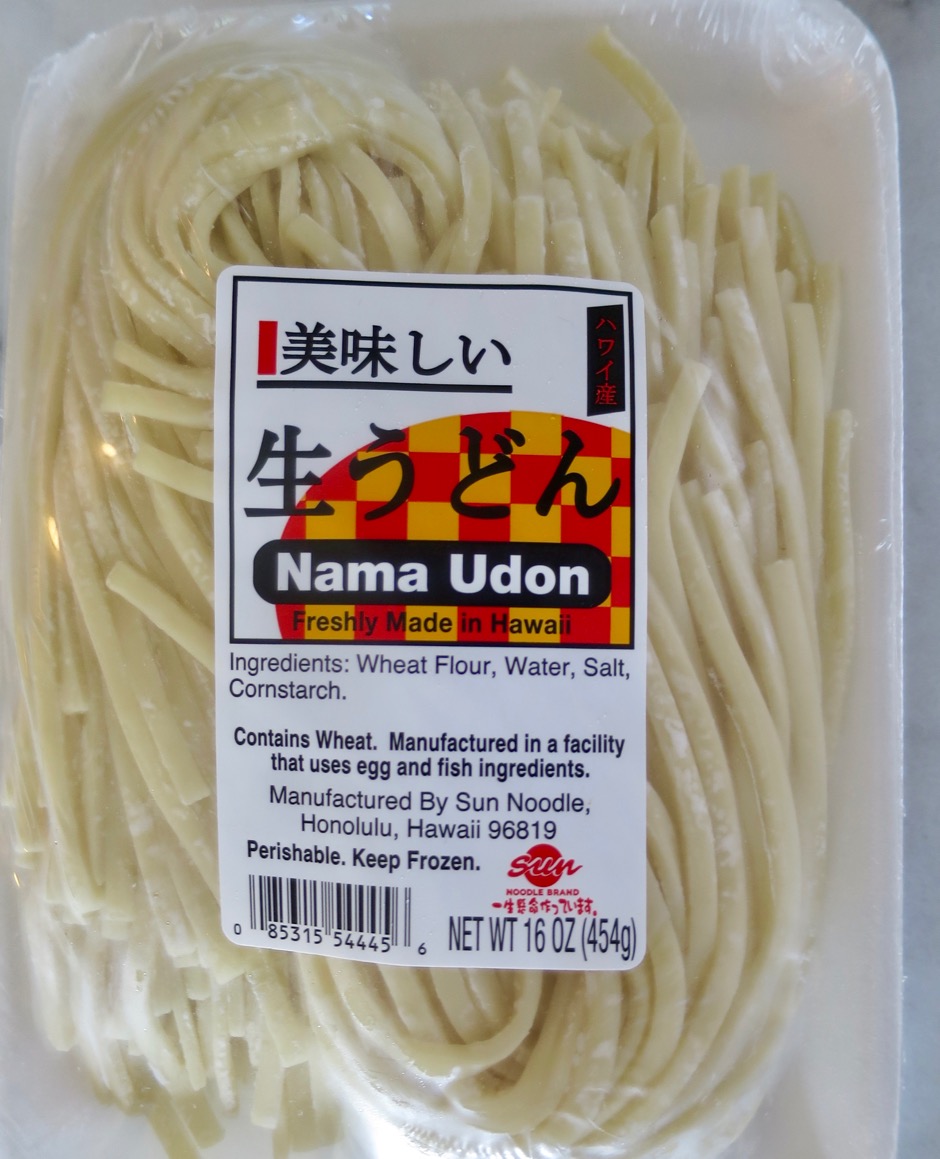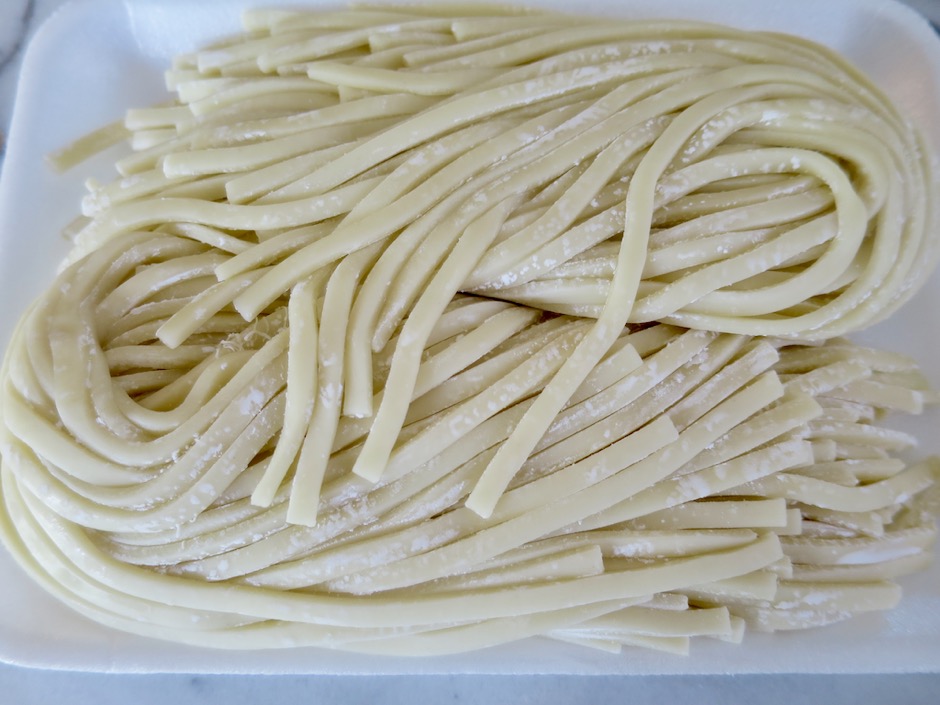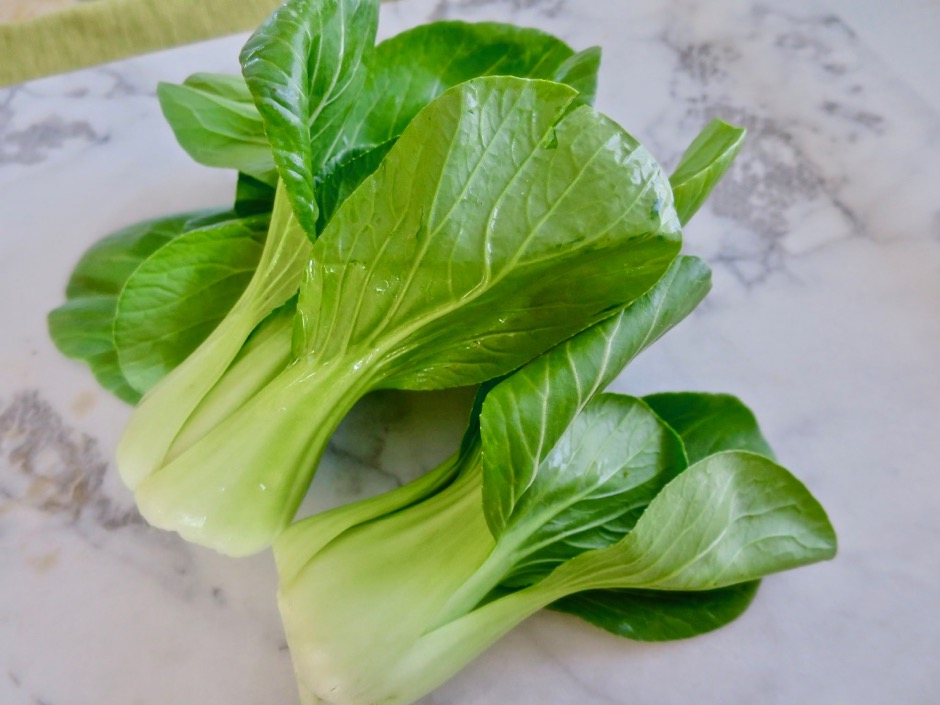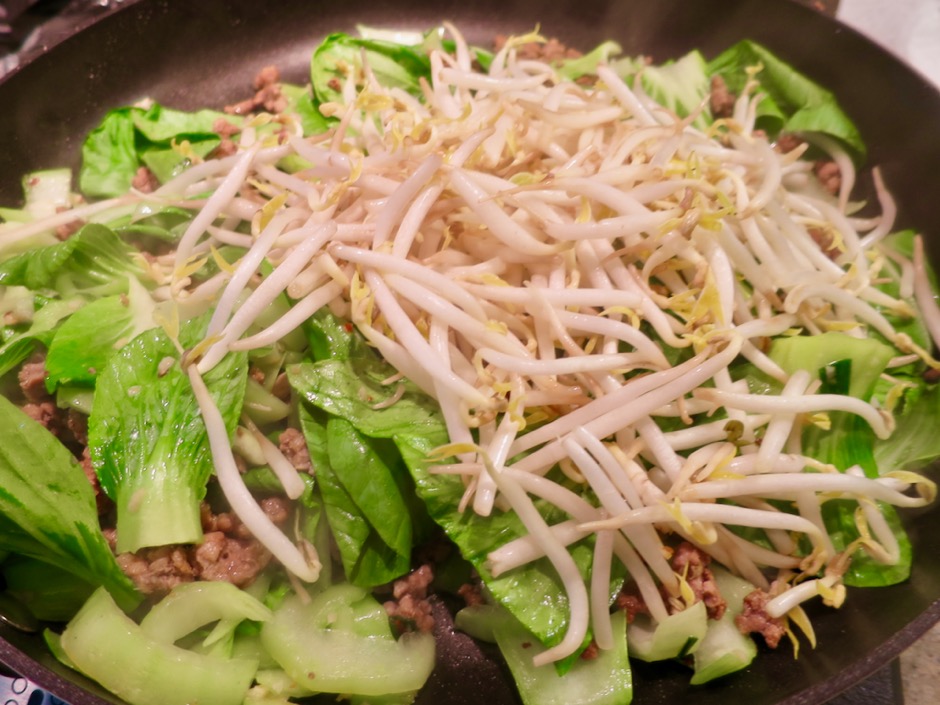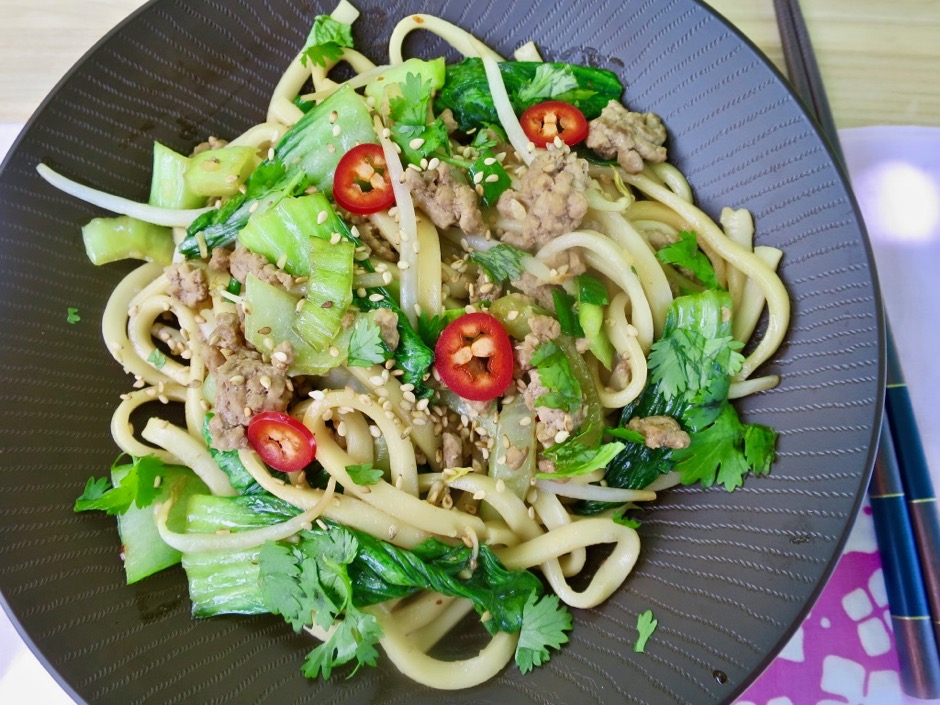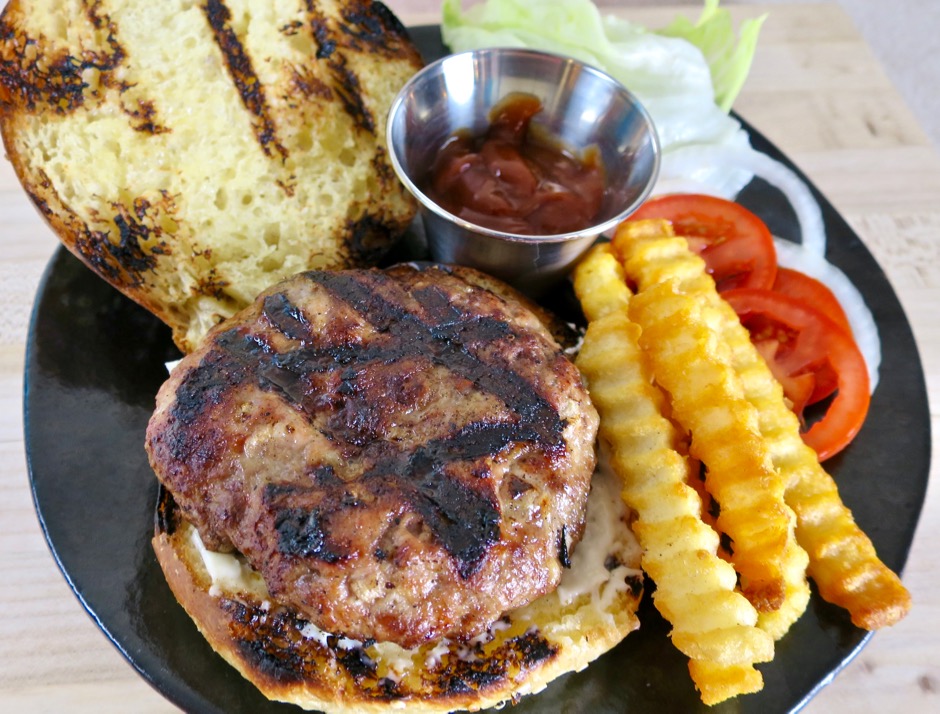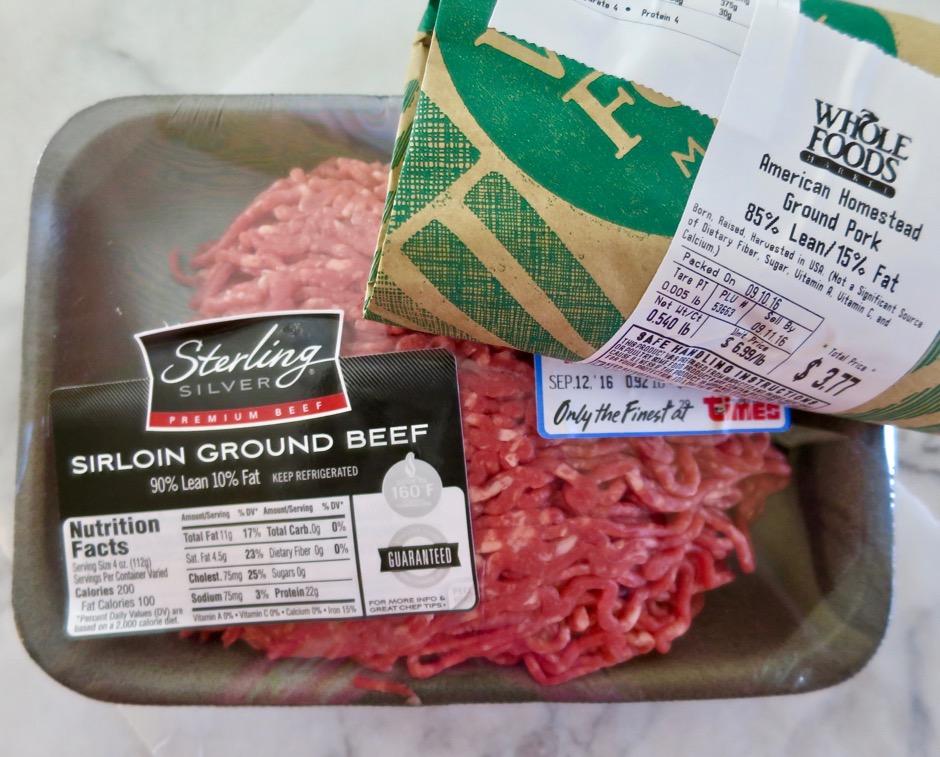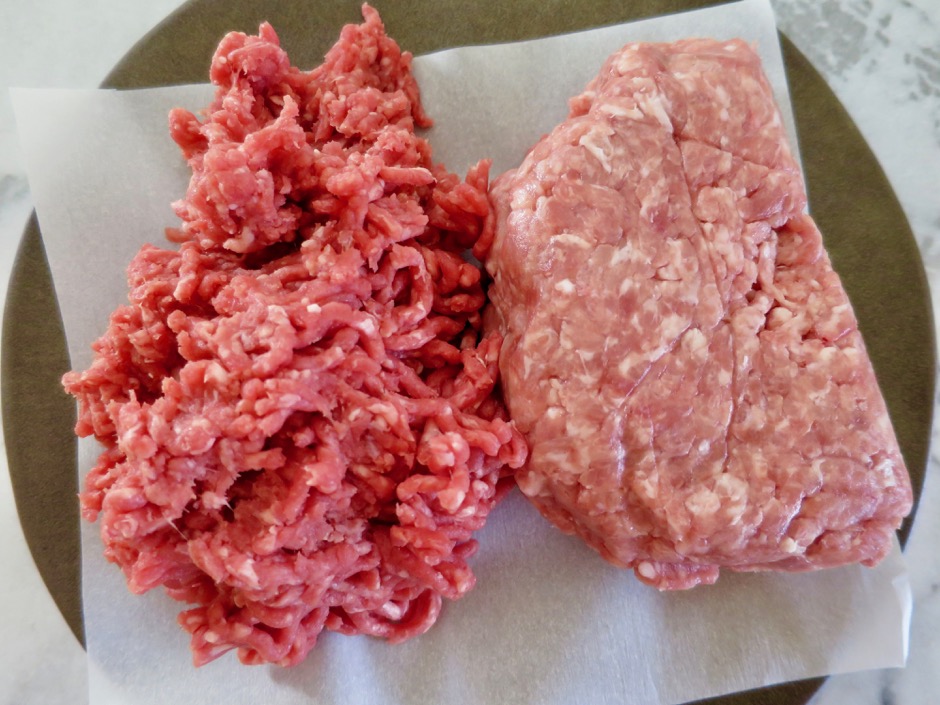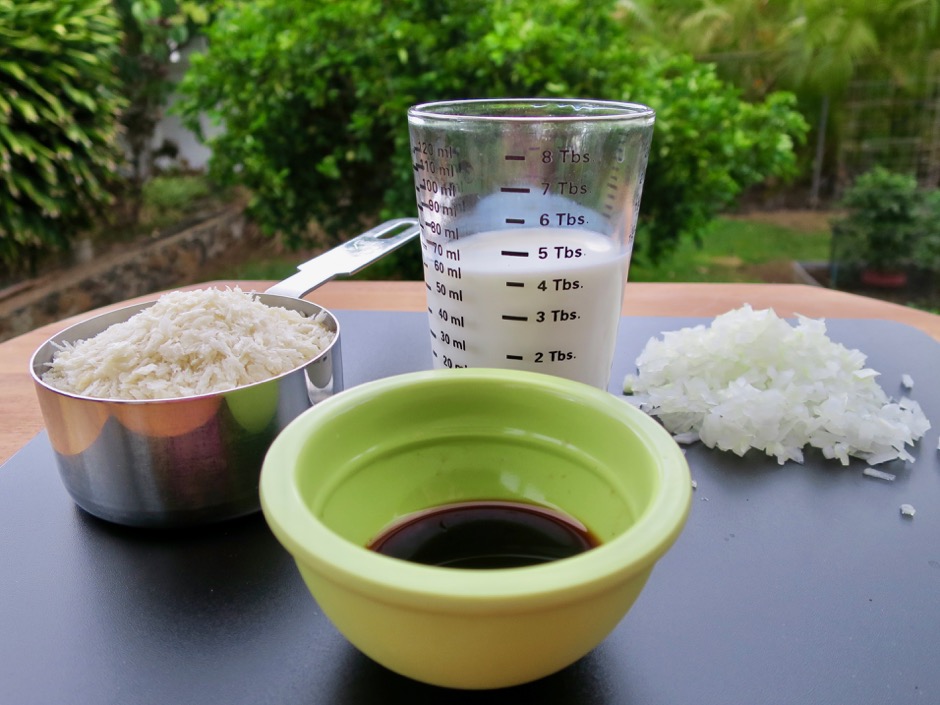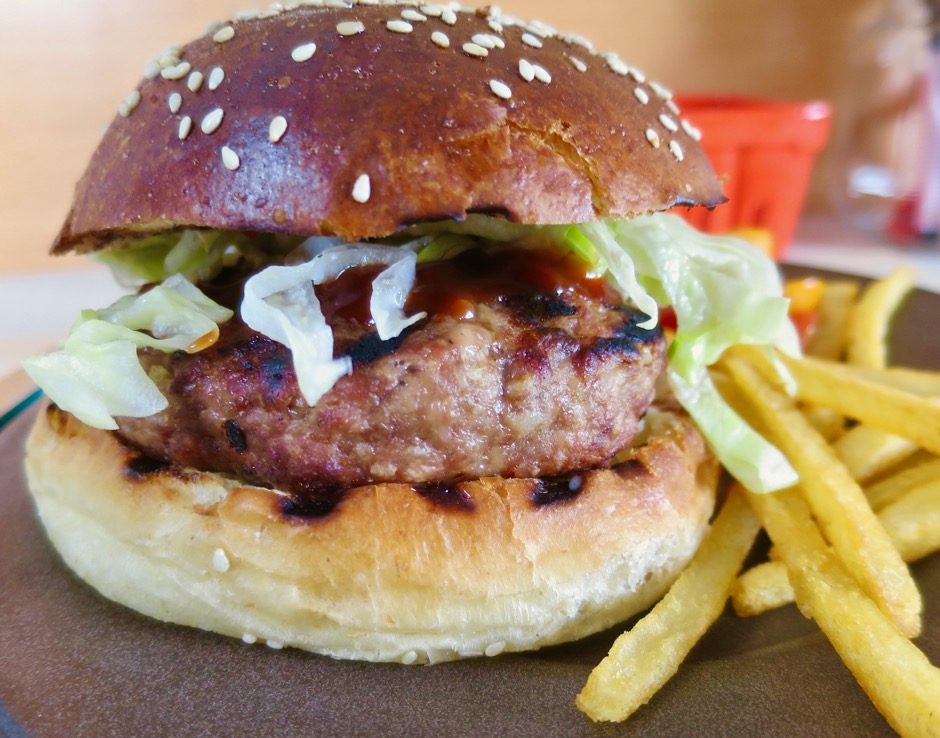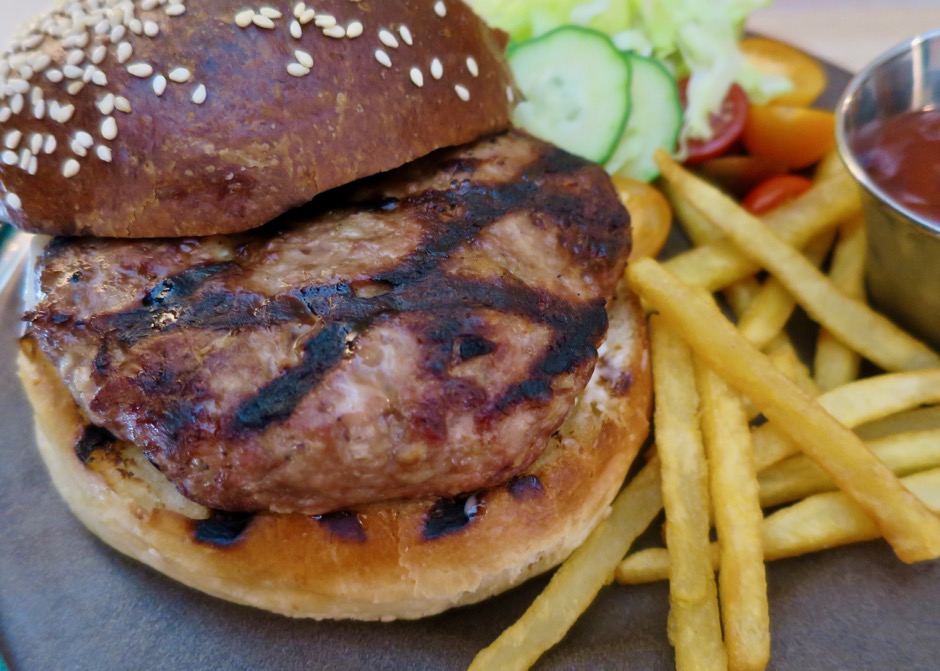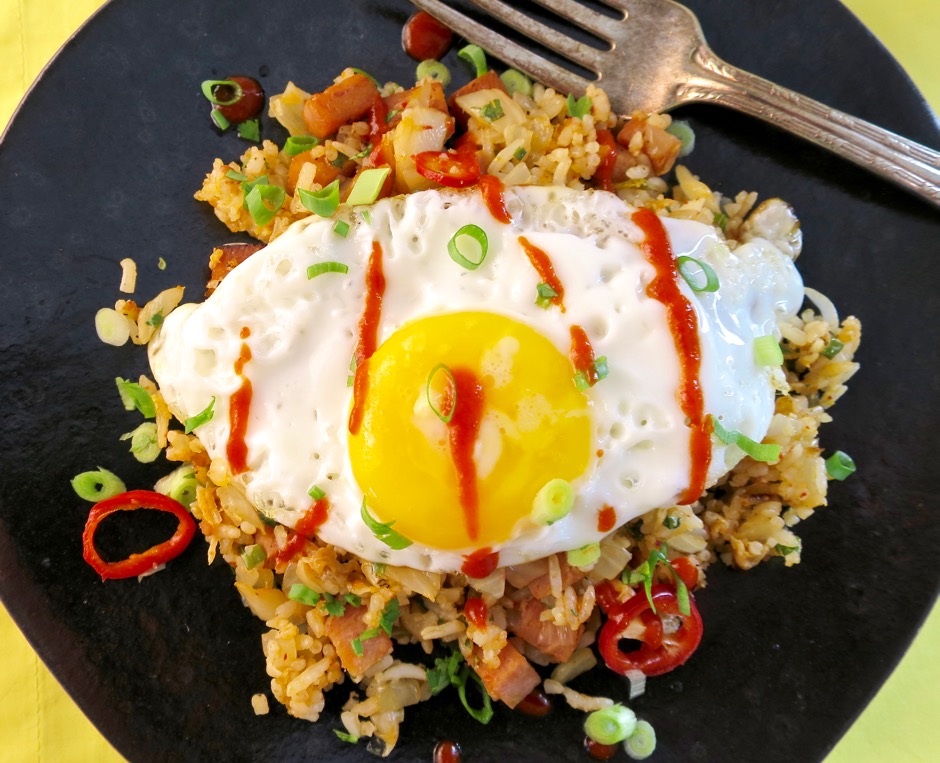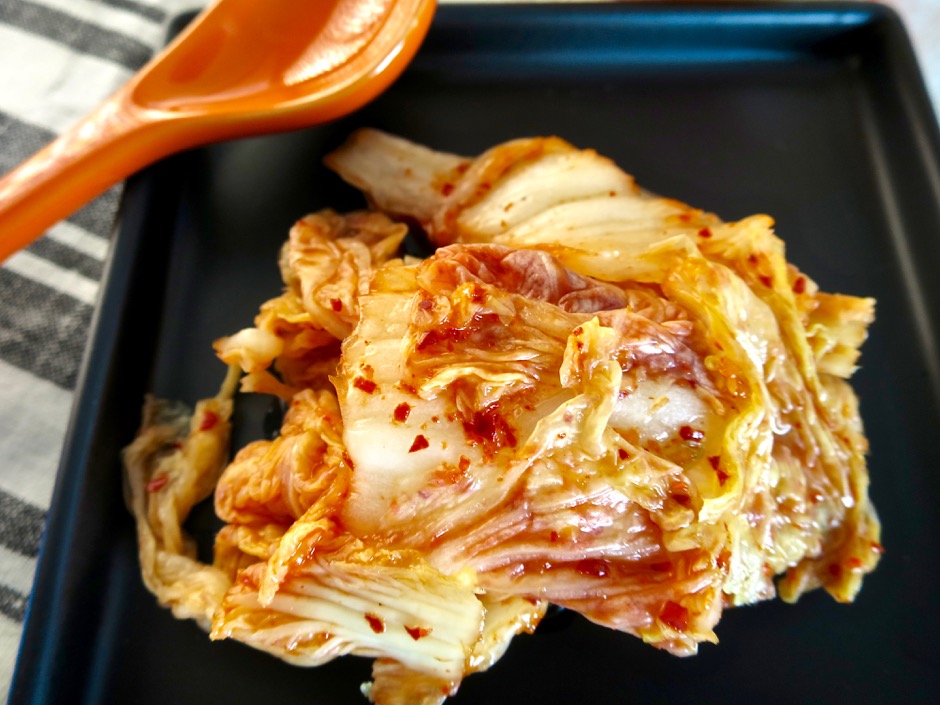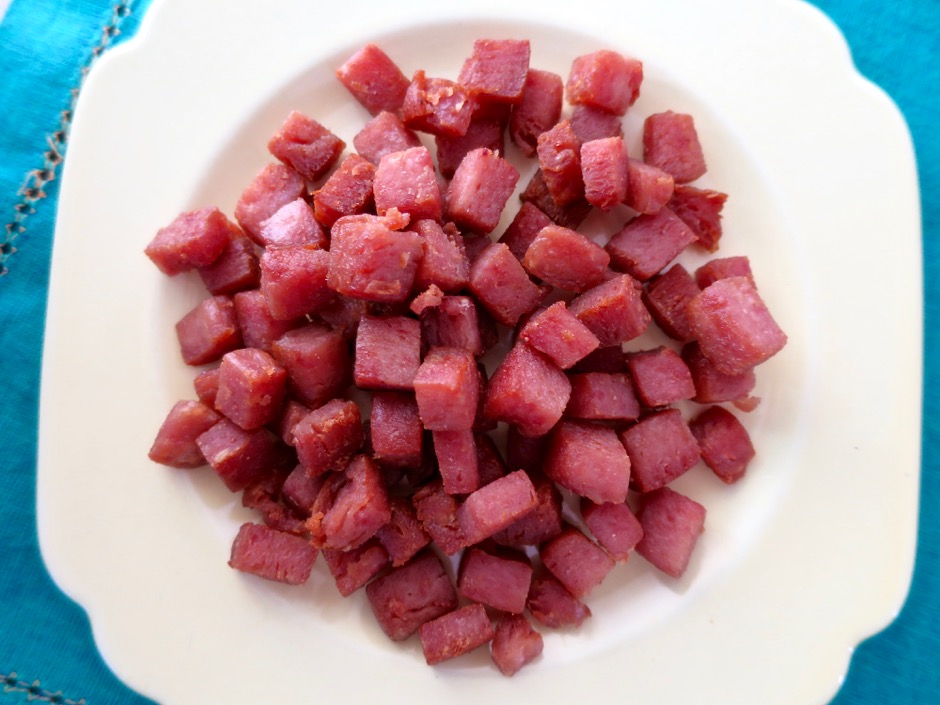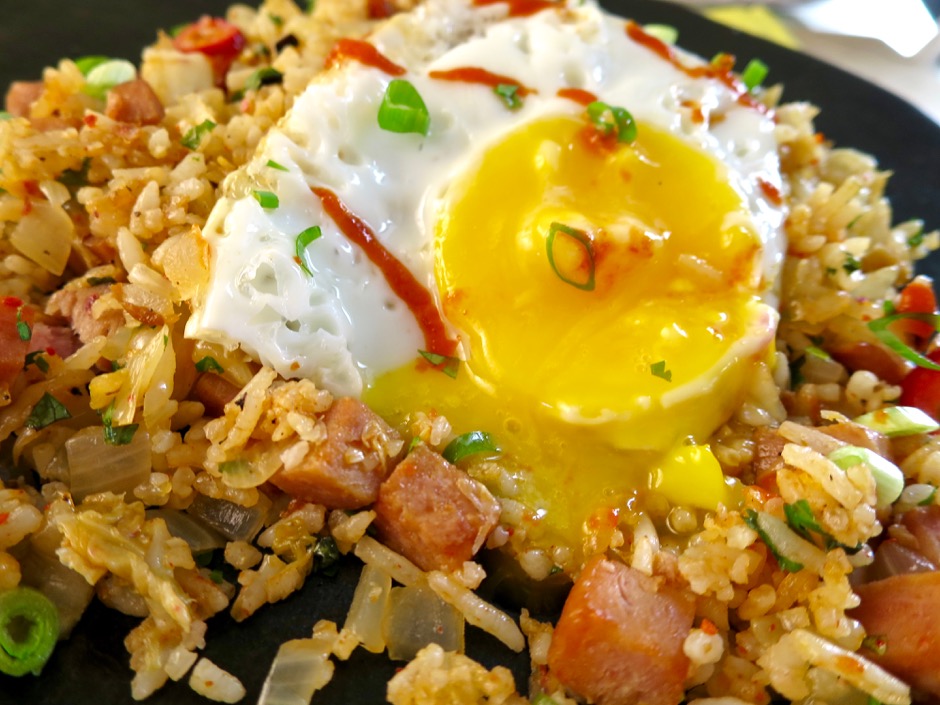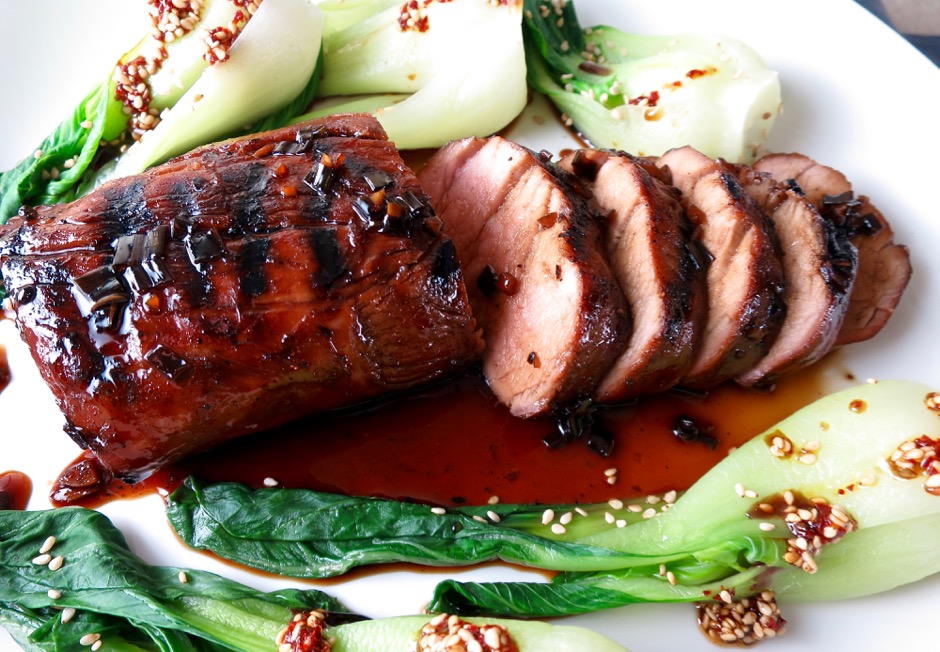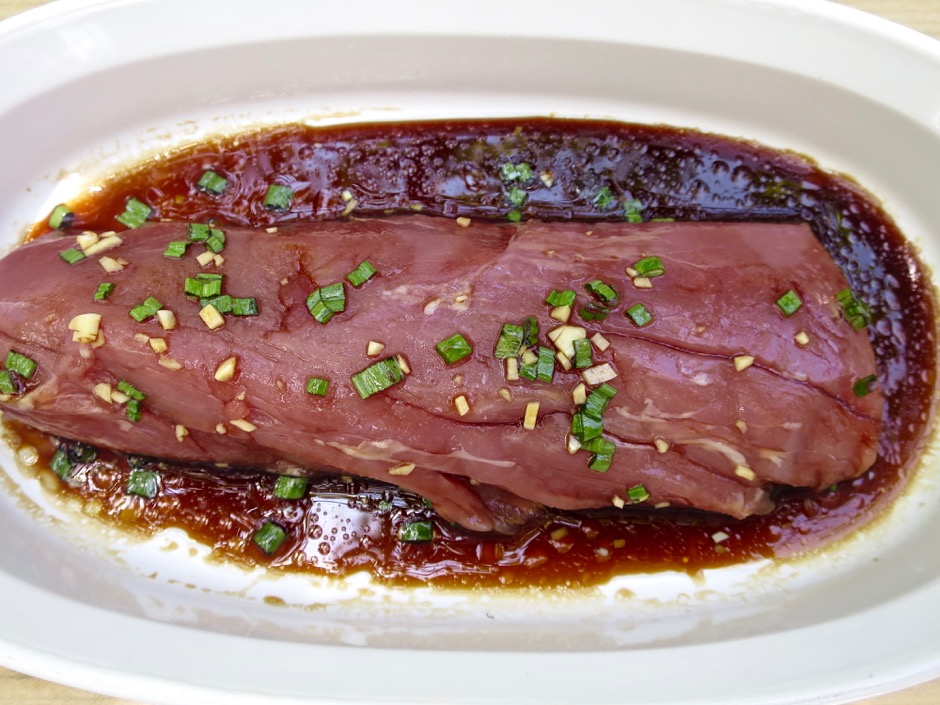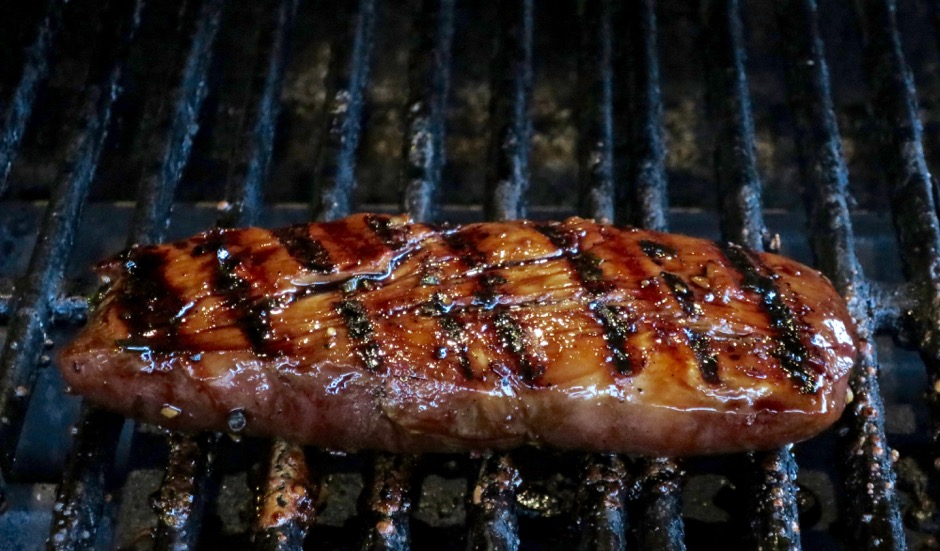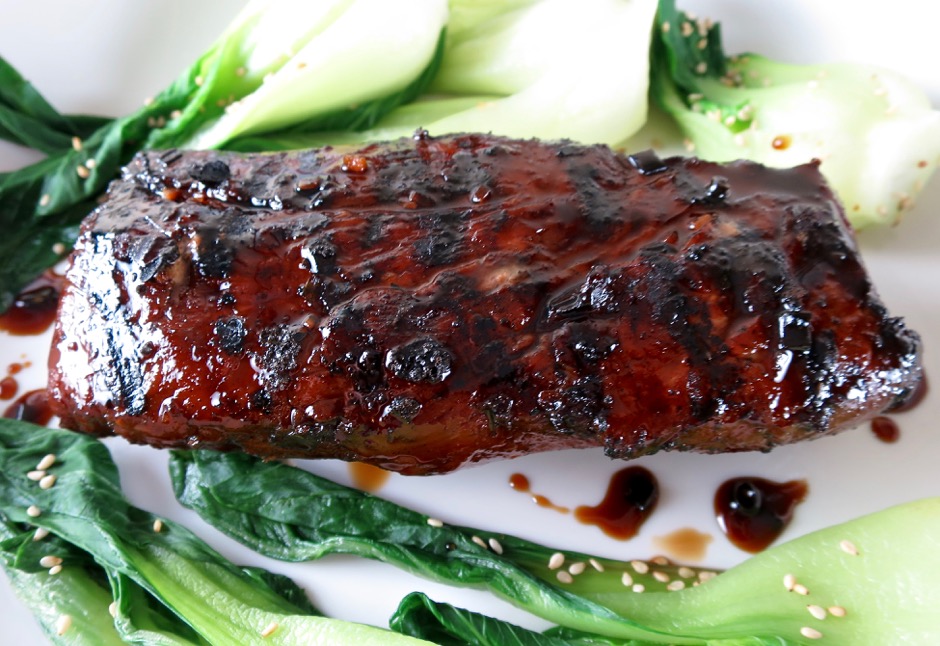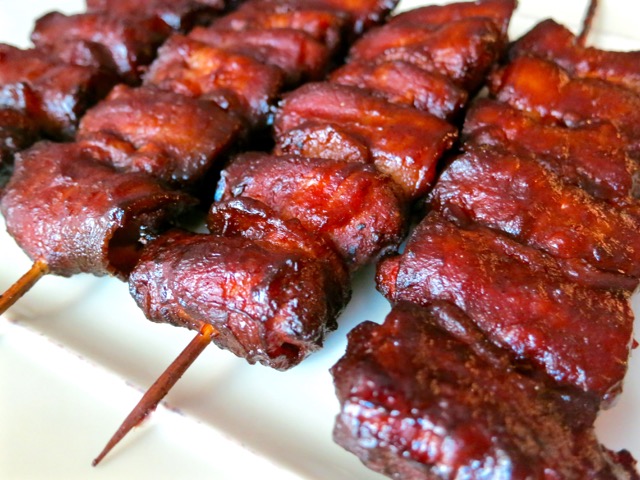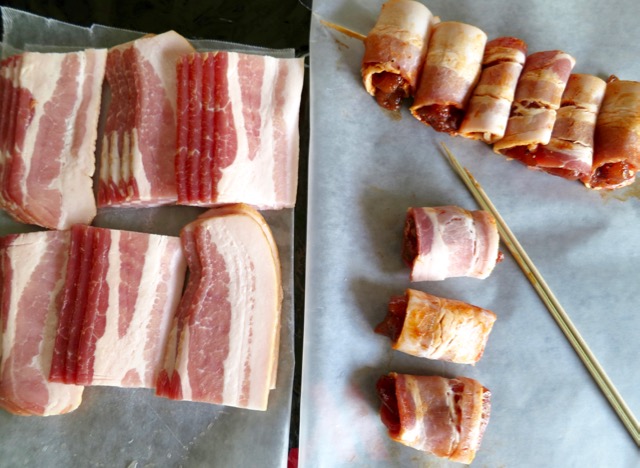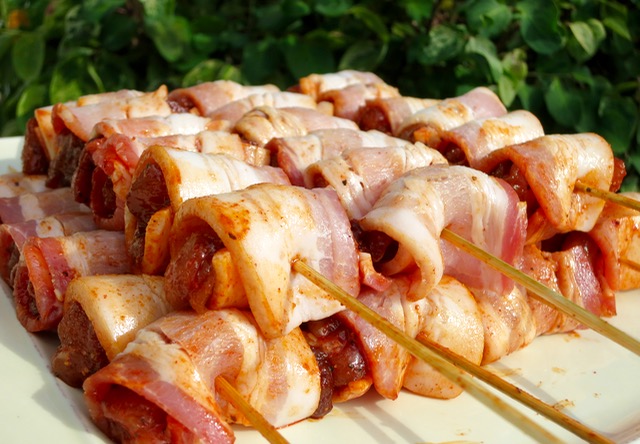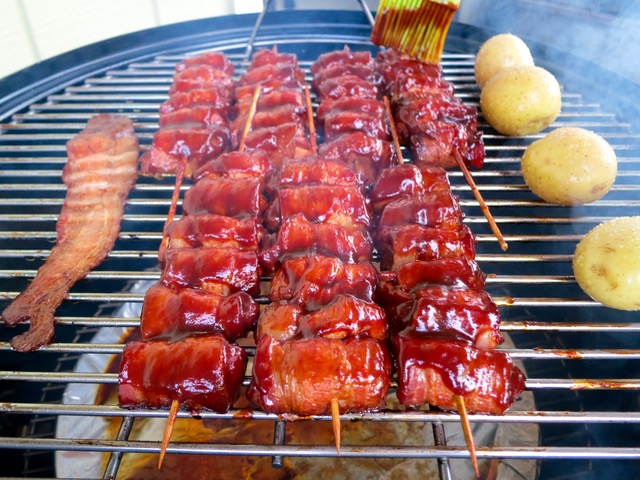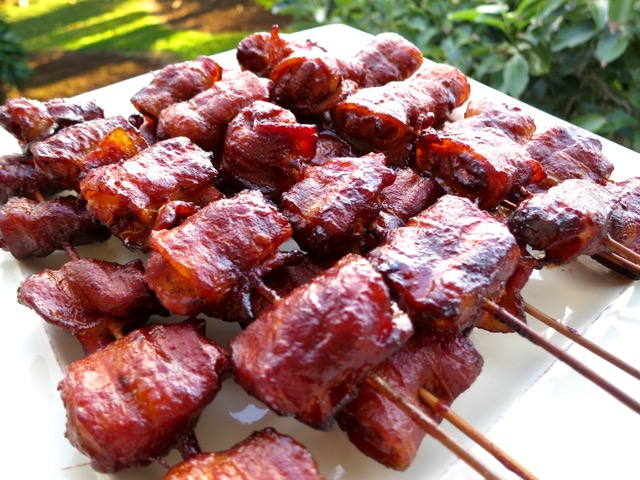Saltimbocca is typically made with veal, however, pork tenderloin (and chicken breasts) is easier to find, especially here on Maui. Pork tenderloin is our choice for this “deconstructed” version of the dish as it is lean, tender, and lends itself well to flavorful sauces such as this one with sherry, aromatic sage, garlic, and a crispy, salty prosciutto topping. A simple fresh tomato pasta pairs well with the saltimbocca though roasted potatoes or rice pilaf would be equally delicious.
Pre-cut packaged prosciutto is easy to work with and fries up nice and crispy. If you prefer to order from your deli counter, ask them to cut the prosciutto into thin slices. If the prosciutto is cut too thick, it won’t be very crispy once fried. Note: don’t skimp on the crispy prosciutto!
Creminis are one of my favorite mushrooms. They are flavorful, meaty and do not expel much liquid once they are cooked. White button mushrooms can be substituted if you are unable to find creminis.
Use fresh sage leaves for this recipe. Most markets sell sage in small bags year round.
The secret ingredient to this luxurious sauce, or any brown sauce for that matter, is demi-glace. I always have a jar on hand from Williams Sonoma. Once I open the jar, I divvy it up into mini plastic containers then freeze them to use as needed. The demi-glace is essential for making this sauce especially rich and flavorful.
- 12 ounces pork tenderloin, trimmed
- kosher salt
- freshly ground black pepper
- all-purpose flour
- 2 tablespoons extra virgin olive oil, divided
- 1½ ounces prosciutto, diced
- 8 ounces cremini mushrooms, sliced
- 1 tablespoon minced fresh garlic
- 1 tablespoon veal or beef demi glace (whisked with a few tablespoons of the chicken broth then added back to the remainder of the broth)
- ½ cup dry sherry (or Marsala)
- ½ cup chicken broth
- 1 tablespoon Earth Balance Buttery Sticks (or unsalted butter)
- 1 tablespoon minced fresh sage
- Slice pork tenderloin into ¾-inch thick pieces. Pound each piece into ⅓-inch thick medallions. Season with salt and pepper and dredge in flour. Set aside.
- In a large skillet heat a teaspoon of olive oil over medium heat. Add prosciutto and cook until crisp, about 4 minutes; transfer to a paper-towel-lined plate. Add a tablespoon of olive oil to the pan and cook pork medallions until browned, about 2 minutes per side, or until the internal temperature reads 145 degrees with an instant read thermometer. Transfer to a plate and cover with foil to keep warm.
- Add 2 teaspoons olive oil to the pan and sauté mushrooms until they are nicely browned, about 5 minutes. Add garlic; cook 1 minute.
- Deglaze pan with sherry and broth mixture, scraping up any browned bits; bring to a boil. Turn heat down to medium-heat (a good simmer) and cook sauce until the liquid is reduced by half, about 4-5 minutes.
- Stir in butter and sage. Return pork medallions to the sauce and warm gently. Transfer pork and sauce to a serving dish and top with crispy prosciutto.

